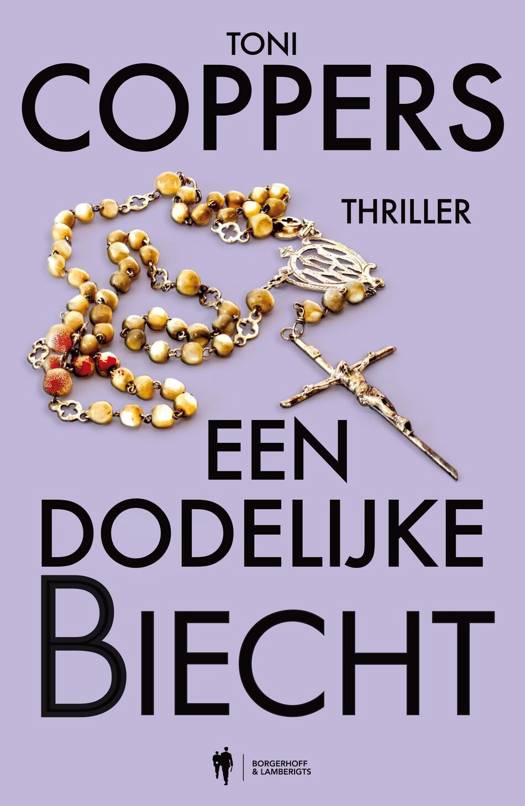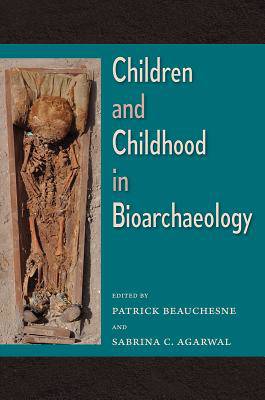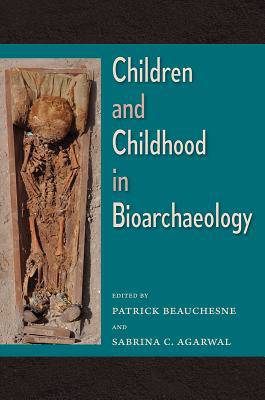
- Afhalen na 1 uur in een winkel met voorraad
- Gratis thuislevering in België vanaf € 30
- Ruim aanbod met 7 miljoen producten
- Afhalen na 1 uur in een winkel met voorraad
- Gratis thuislevering in België vanaf € 30
- Ruim aanbod met 7 miljoen producten
Zoeken
Children and Childhood in Bioarchaeology
Bioarchaeological Interpretations of the Human Past: Local, Regional, and Global Perspectives
€ 156,45
+ 312 punten
Omschrijving
As researchers become increasingly interested in studying the lives of children in antiquity and their place in the archaeological record, this volume argues for the importance of a collaborative biocultural approach. Contributors draw on fields including skeletal biology and physiology, archaeology, sociocultural anthropology, and pediatrics to show that a diversity of research methods is the best way to illuminate the complexities of childhood. Wide-ranging case studies provide a rich global and temporal perspective on childhood in the past, including in prehistoric Peru, Colombia, and North America; in Roman Egypt; and in Industrial Revolution-era England. Applying analyses of stable isotope data, epigenetics, funerary patterns, skeletal trauma, bone microstructure, dietary histories, and breastfeeding and weaning trends of the past 10,000 years, this holistic study emphasizes the role of children in ancient societies not as accessories to their parents but as individuals with their own meanings, symbolisms, and identities. Emphasizing a life course approach and developmental perspective, this volume's interdisciplinary nature marks a paradigm shift in the way children of the past are studied. It points the way forward to a better understanding of childhood as a dynamic lived experience both physically and socially. A volume in the series Bioarchaeological Interpretations of the Human Past: Local, Regional, and Global Perspectives, edited by Clark Spencer Larsen Contributors: Sabrina C. Agarwal Patrick Beauchesne Tina Moffat Tracy Prowse Dan Temple Marla Toyne Haagen D. Klaus Siân Halcrow Raelene Inglis Rebecca Gowland Sophie L. Newman Jessica Pearson James H. Gosman David A. Raichlen Tim Ryan Tosha L. Dupras Lana J. Williams Sandra M. Wheeler Carl Henrik Langebaek Rueda Melanie J. Miller
Specificaties
Betrokkenen
- Uitgeverij:
Inhoud
- Aantal bladzijden:
- 412
- Taal:
- Engels
- Reeks:
Eigenschappen
- Productcode (EAN):
- 9780813056807
- Verschijningsdatum:
- 5/06/2018
- Uitvoering:
- Hardcover
- Formaat:
- Genaaid
- Afmetingen:
- 156 mm x 234 mm
- Gewicht:
- 807 g

Alleen bij Standaard Boekhandel
+ 312 punten op je klantenkaart van Standaard Boekhandel
Beoordelingen
We publiceren alleen reviews die voldoen aan de voorwaarden voor reviews. Bekijk onze voorwaarden voor reviews.










